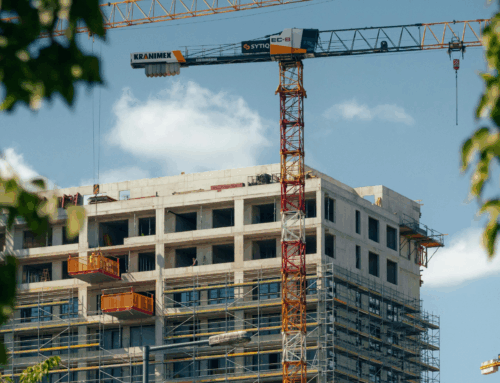HAMILTON – March 6, 2025 – The Canadian Homebuilders’ Association (CHBA) has released its 2024 Municipal Benchmarking Study which examines how local development processes, approvals, and charges impact housing affordability and housing supply in major housing markets across the country.
The study benchmarks municipalities based on three key development features: municipal fees charged on new residential development; length of time for residential development applications to move through the development application process; and features in place to help applicants navigate the development application process.
The previous edition of the study was conducted in 2022. This edition of the study provides further detail on how a municipality’s performance on these measures influences housing outcomes, including affordability and availability of housing for young families, and the total cost implications of these municipal processes and policies. The study also includes the indirect costs to the construction process that accumulate on a development as its application goes through the application process.
The National Benchmarking Study reveals a few successes and areas of major concern in Hamilton when compared to peer cities across Canada. The City of Hamilton ranks dead last out of 23 peer cities across Canada in terms of planning approval timelines. Another major concern identified in the Benchmarking Study is that Hamilton requires more documents and reports to be prepared by consultants for municipal review (93) compared to the Canadian average (50). The Benchmarking Study notes Ontario municipalities typically require twice as many reports as part of the planning process than their peers across Canada.
Lastly, government fees and charges are a major factor contributing to housing affordability and supply issues. Development Charges in Hamilton have increased by 87% since 2021 and the recent introduction of new Community Benefits Charges on condominiums and apartments compounds the taxation issue. These charges even include costs not directly related to development raising the price of new homes.
“Development charges, delays, and inefficient processes at the municipal level directly impact the price of homes and how many are built. The purpose of this study is to facilitate dialogue with all levels of government, but particularly with municipal governments, on the effects of longer timelines, higher fees, and the level of efficiency of processes on housing affordability and outcomes. This report also offers insight into best practices that municipalities can adopt to help improve their housing affordability and supply. It also points to ways that the provincial and federal governments can continue to drive and support change at the municipal level,” said CHBA CEO Kevin Lee.
“The lack of attainable housing is driving young people away from cities like Hamilton, where they are desperately needed to fill jobs and sustain economic growth. Without new housing, cities face stagnation, with minimal property tax assessment growth, fewer children and a shrinking workforce. We need a complete paradigm shift in Hamilton to reduce planning approval timelines, cut red tape and reduce taxation that is crippling an industry in distress,” said WE HBA CEO Mike Collins-Williams.
The report’s key findings include:
- The cities of Edmonton, Halifax, and London rank highest overall.
- Hamilton ranks last (23rd) in approval timelines, 17th in government charges high-rise, 12th in government charges low-rise and 10th in planning features.
- When looking at the municipalities ranked in the bottom ten, seven are in Ontario, and two are British Columbia’s largest municipalities that were studied.
- Since the 2022 study, municipal fees on new residential developments have increased by an average of $27,500 per low-rise home, bringing the national average to $82,600 as of the 2024 study (with fees ranging from $8,700 to $195,000). Hamilton fees charged on new residential developments averaged $88,200 per unit for low-rise and $59,600 per unit for high-rise.
- The 2022-2031 period is on track to be the decade with the fewest homes built per new persons added to the Canadian population since at least 1972.
- A combination of a challenging economic backdrop and costly application processes are leading to fewer application submissions.
- Application submissions have fallen significantly since peaking in 2021, in both Ontario and British Columbia. The decline has been driven by site-plan and/or development permit applications.
- In contrast, more affordable markets, such as Alberta, have experienced an increase in application submissions.
“More needs to be done to address the housing crisis in Canada. The CHBA Benchmarking Study points out the barriers to getting more homes built and ways in which these barriers contribute to the cost of a new home,” stated Lee.
For more information on CHBA’s Municipal Benchmarking Study, please visit chba.ca/municipal-benchmarking/.






